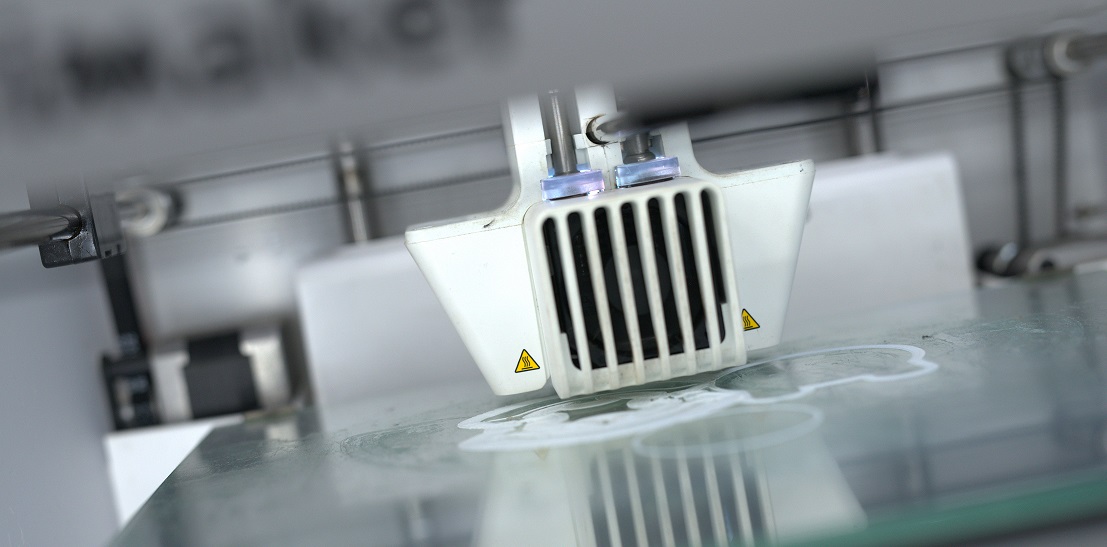COMPETENCY R&D TEAMS
Multidisciplinary competency teams with specialized skillsets are setup to support the needs of the different business R&D teams, while remaining transversally connected to the other world-wide centers. The skills and the capabilities of the competency teams are constantly evolving to meet the requirements of the Saint-Gobain businesses and the business R&D teams.
COMPETENCY RESEARCH LABORATORIES (CRL)

Our state-of-art common research laboratories (CRL) work across all functions to support with the structural, physical and chemical testing and characterization of materials required for the development of products, processes and systems. The experts in this team work closely with our business teams to solve critical technical challenges. The technical diversity of the activities in CRL allows for deeper exploration and engagement in projects that range from characterization of materials at the nanoscale to product & system-level testing at the large-scales. The competencies within this team are used to support manufacturing-related activities at the plant and new-product development, including formulation & process refinement. The labs are richly equipped with instruments in microscopy, spectroscopy, and crystallography to correlate property with product-, system- and solution performance..
APPLICATION INNOVATION

Application innovation aims to explore and develop user-research and design competencies to identify new value-creation opportunities for the business. These designs address requirements of product, services and process for users and customers with right balance between aesthetics, functionality and utility. The focus is on providing solutions that are easier to understand and use by providing better process efficiency and installation methods. The team supports all business units of Saint-Gobain, from early-stage product ideation to system integration, by primarily developing new technical solutions. In order to do this, the team identifies market opportunities by interacting with customers to seek their problems of process efficiency & installation methods, following which, the team ideates, prototypes, develops a solution which is validated with consumers.
HABITAT FOR HOT AND HUMID CLIMATES

We spend 90 percent of our time inside buildings. Therefore, the way a building is designed and functions is crucial when it comes to our health and general comfort. Multi comfort for the user is defined as a sense of wellbeing of our senses –See (visual comfort), Hear (acoustic comfort), Breathe (indoor air quality) & Feel (thermal comfort, texture). In India, the market for built environment presents unique challenges in that the climates are predominantly hot-humid and highly luminous, the outdoor spaces are dusty while indoor spaces are crowded and noisy, and there is a need for modularity and solutions that cater to frugal living spaces. To support the habitat market while being connected to global R&D, Saint-Gobain Research India, together with businesses and customers, is working to define, diagnose and design for serving the multi comfort needs of a building occupant in a manner that positively affects occupant wellbeing and impacts the future of all. In line with this, at SGR India, we have building science competencies are in areas pertaining to thermal comfort and energy-performance, daylighting, acoustics and indoor-air-quality. Our expertise is in areas pertaining to onsite measurements, development of in-house simulators to evaluate the performance of different products and supporting the business teams with prescription.
DIGITAL & WIRELESS SYSTEMS

With digital transformation as a key strategic focus area for Saint-Gobain, the digital and wireless competency team is setup to develop the best-in-class platforms and capabilities to enable the development of digital solutions, connected products and support with Industry 4.0 initiatives for the businesses. A focus area for this group is the development of digital tools and services that enable in establishing a deeper connect with the customer, such as physically realistic rendering for perceiving the impact of Saint-Gobain’s glazing solutions on aesthetics. In addition, the team also focusses on connected objects and IoT systems. Examples of these systems include embedding tracking tags on abrasive wheels to creating custom GPS cum Bluetooth beacons for integrated traceability.
GRINDING TECHNOLOGY

For the grinding technology team, the focus is to enable new product development and customer process development for the Abrasives business of Saint-Gobain. This is done through grinding test method development, process simulations and an in-depth analysis of the underlying mechanisms that yield optimal process parameters, such as chip thickness, stock removal rates, material type and coolant application, amongst others. Capex investments for the creation of a state of the art facility and a close collaboration with the customers help us generate performance-optimized solutions that deliver efficiency and productivity. Currently the team works on four aspects: (a) support for new-product-development, (b) global test support, (c) development of measurement tools & (d) customer centricity.
NUMERICAL MODELLING AND DATA ANALYTICS

The numerical modelling team focuses on mathematical modelling for various units to understand multi body physics of various systems and components. Extensive measurements to understand problems faced by customers, followed by detailed computer simulations on structural and fluid mechanics are performed to determine customized solutions that are adapted in line with client requirements. From developing acoustic solutions for high occupancy areas such as open offices, cafeterias etc., to supporting local business needs to optimize and improve efficiency in plant operations, the group is focused on delivering solutions for a diverse range of problems for various business segments in the organization.The data analytics team develops the process of evaluating data using analytical and statistical tools to discover useful information and aid in business decision making. Typical areas in which the team works are data mining, text analytics, image analytics, business intelligence and data visualization. It enables extraction of valuable information for use in strategic decision making, product development, trend analysis and forecasting.

